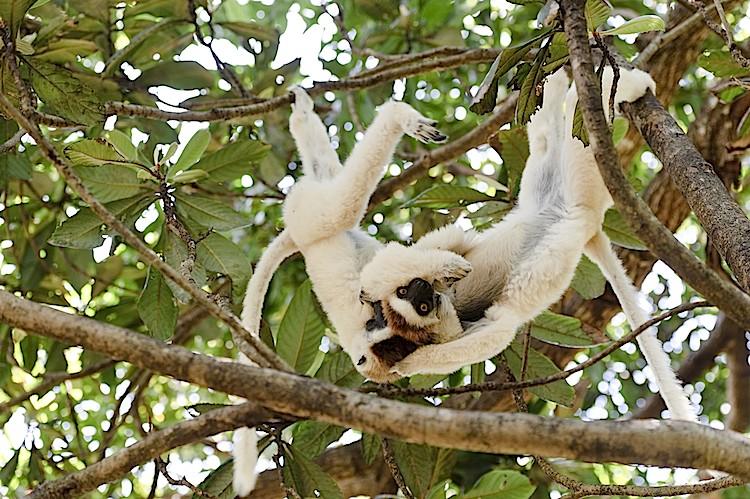Formerly known as the “Garden of Acclimatization,” Nahampoana Reserve covers 67 hectares of rainforest near the south-east coast of Madagascar in the western Indian Ocean.
The reserve is home to native plants as well as introduced species, including various lemurs that are normally found in other areas of the island.
Lemurs are a group of primates unique to Madagascar, exhibiting huge variation in size and appearance. The smallest, mouse lemurs, can be as small as one’s thumb. On the other end, there were grass-grazing lemur species that are estimated to have weighed over 400 pounds, but were driven extinct by the local people.
There are almost 100 existing species of lemurs. They get their name from the Latin word “lemures” meaning ghosts of spirits, due to their reflective eyes, and the nocturnal habits and ghostly calls of some species.






